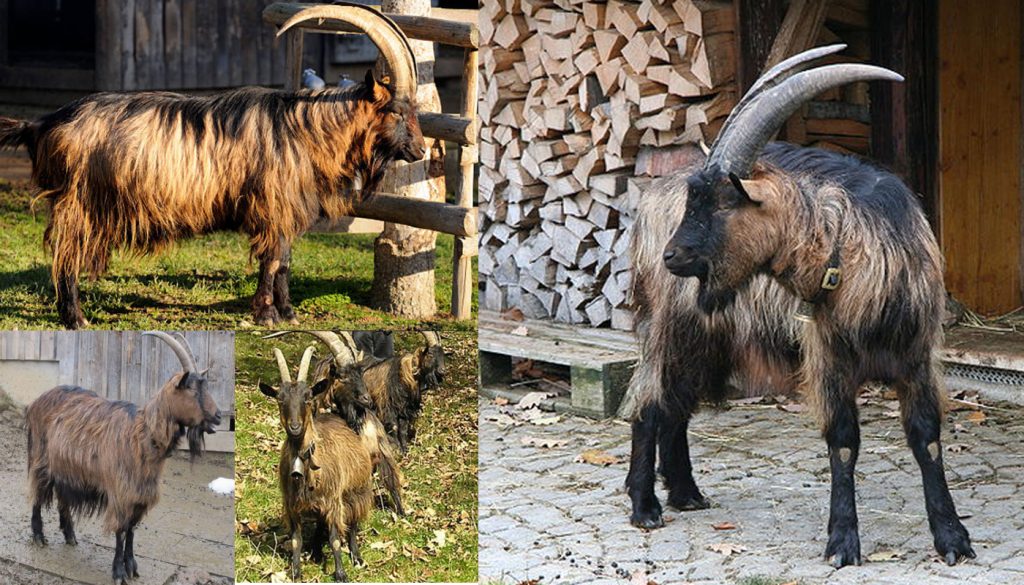
This goat is actually called the Stiefelgeiss goat but is referred to as the Booted goat in most English-speaking countries. It is also managed by the Booted Goat Breeders Club of Switzerland and its leg markings make it look like it is wearing little boots.
The goat is a goat that can thrive in almost any conditions and or environments from the rocky Swiss mountains to a large back garden with a barn.
They are spritely, friendly, inquisitive and a lot of fun.
Booted Goat Quick Profile Overview
| This cute little Swiss goat is a lovely addition to a herd and adds a vibrancy to the farm. | |
| Country of Origin: | Switzerland |
| Other Names: | Stiefelgeiss |
| Breed Size: | Medium |
| You may Also Like: | 11 Smaller and Miniature Goat Breeds |
| You may Also Like: | Top 12 Large to Largest Goat Breeds |
| Main Purpose: | Meat and fiber |
| Can be used for | Breeding, Fiber, Meat, Pets, Show |
| You may Also Like: | 10 Best Goat Breeds for Meat Production |
| You may Also Like: | 10 Best Goat Breeds for Fiber Production |
| Temperament: | They are sweet, active, vivacious and extremely robust |
| Good with Kids? | They are a bit bigger than the normal medium sized goat and they have very long powerful horns. Although they have an even temperament, I would not have them around small children. |
| You may Also Like: | 10 Best Goat Breeds to Keep as Pet |
| Ideal Environment: | They love to roam and like their environment to have various challenging landscapes to wander around in | Ideal Climate: | All Climates |
| Conservation Status: |
Not Listed by the *ALC Status Rare |
| Health Issues? | No known health issues |
| Good Starter Goat? | Intermediate goat owner level and up |
| Goat Associations: | There are no known American Association representing this breed. |
| Goat Clubs: | Booted Goat Breeders Club of Switzerland |
| Note: *ALC stands for American Livestock Conservancy | |
PHYSICAL CHARACTERISTICS
| The goat has a thick beard, thick long hair and fluffy hindquarters with either smooth black or brown forelegs that make it look like it is wearing boots. | ||
| Color(s): |
Dark-reddish-brown, some grey covering on its back with either black or brown colored boots. Both the male and female share the exact same coloring. The Does can also have a beard |
|
| Goat⇒ | Doe | buck |
| Breed Weight: | About 165 lbs. | About 130 lbs. |
| Breed Height: | About 28 inches at withers | About 28 inches at withers |
| Hair: | Long and a little shaggy | The males coat is the same as the does just a bit heavier as he is thicker in stature than her |
| Ears: | Pert and stand up straight from the head. Same color as the goat’s coat | They are the same as the does ears |
| Horns: | Long, thick and curve back from the head | Slightly longer and thicker than the does but are similar in shape to the does horns. |
| Matures at age: | 5 to 15 months | 3 to 15 months |
| Puberty Age: | 5 to 6 months | 4 to 9 months |
| Breeding Age: | 18 months | 1 year |
| Breeding Traits: | 1 Breeding cycle | Cover 20 to 30 does in 1 season |
DOE BREEDING & MILKING INFORMATION
| They only breed once a year and usually around the same time each year | |
| Breeding Period/cycle: | Usually lasts 12 to 36 hours Ave. 21 days/18 to 24 days |
| Gestation Period: | Usually around 148 to 155 day but most are 150 days |
| Kids: | From 1 to 4 kids per litter. |
| Good Mothers? | Yes, they will wean their young |
| Lactation Period: | 284 days |
| Milking From: | 4 to 6 weeks after kidding |
| Milk Quality: | Good, Their milk is mainly used to feed their young/td> |
| Milking Level: | Normal, They are not too hard to milk |
| You may Also Like: | Top 10 Best Dairy Goat Breeds |
GOAT FIBER PRODUCTION INFORMATION
| Their coat makes for fine cashmere quality fiber production | |
| Fiber Production? | They have an excellent cashmere wool quality |
| Type of Fiber Produced: | Cashmere |
| Age they Produce from: | From 1 year |
| You may Also Like: | 10 Best Goat Breeds for Fiber Production |
GOOD TO KNOW
| Here is a little bit more information about the Booted Goat breed | |
| Where to buy them: | There are not too many left in the world and as such, they are mainly found in Switzerland. With their population being strictly monitored by an organization. In order to find out if or where they may be purchased or to participate in the breeding program you would have to get in touch with the Booted Goat Breeders Club of Switzerland. Or the American Cashmere Goat Association. |
| Agility: | They are very agile and nimble creatures that will take on any challenge that involves jumping or climbing. |
| Interact with other animals: | They are very curious about all other livestock breeds and have no trouble interacting with them. |
GENERAL INFORMATION:
This goat is a very vivacious little goat and can be seen looking for something to get up. They are very robust and easily satisfied, they also enjoy living in a challenging topographical terrain.
As they were once a meat production goat it can be assumed that their pelts were used to produce various leather goods.
The Booted goat was once mostly used for its lean, nutritious and tasty meat. But with the decline of the breeds numbers it is now protected and mainly used for fiber and sometimes milk.
HISTORY
This goat was actively bred for its cashmere and meat up until the 1920’s. But the active breeding in this goat dropped so much that by the 1980’s the breed was nearly extinct.
The Pro Spicie Rara, a Swiss conservation group took an avid interest in the breed and a program was launched to save the species and increase its drastically depleted numbers.
The conservation effort for the Booted goat encourages farmers to keep and breed. They are provided for and helped in order to keep Booted goats for the agricultural uses. They can also bed used as mother nannies. As the does make excellent little mothers and foster mothers to other goats’ kids.
They are still an endangered species and as such, they are no longer used for their meat or skin. Although they are still used on some farms for their beautiful cashmere which is seasonally sheered.
Due to the valiant effort of the Pro Spicie Rara group and the Booted Goat Breeders Club of Switzerland their numbers are slowly on the rise.
USEFUL LINKS
- American Goat Society(AGS)
- American Goat Federation (AGF)
- American Dairy Goat Association (ADGA)
- American Cashmere Goat Association (ACGA)
- Canadian Meat Goat Association (CMGA)
- Canadian Goat Society (CGS)
- Animal Shelter (ASPCA)
- American Veterinary Medical Association
- American Poultry Association
- American Animal Welfare Society
- American Animal Control
- American Animal Husbandry Society
 Anglo-Nubian Goat Breed – Everything You Need to Know
Anglo-Nubian Goat Breed – Everything You Need to Know Russian White Goat Breed – Everything You Need to Know
Russian White Goat Breed – Everything You Need to Know Chamois Goat Breed – Everything You Need to Know
Chamois Goat Breed – Everything You Need to Know Goat Health Guide: Recognizing Signs of Illness & When to Call the Vet
Goat Health Guide: Recognizing Signs of Illness & When to Call the Vet Kinder Goat Breed – Everything You Need to Know
Kinder Goat Breed – Everything You Need to Know Thuringian Goat Breed – Everything You Need to Know
Thuringian Goat Breed – Everything You Need to Know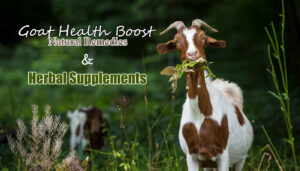 Goat Health Boost: Natural Remedies & Herbal Supplements
Goat Health Boost: Natural Remedies & Herbal Supplements Pygmy Goat Breed – Everything You Need to Know
Pygmy Goat Breed – Everything You Need to Know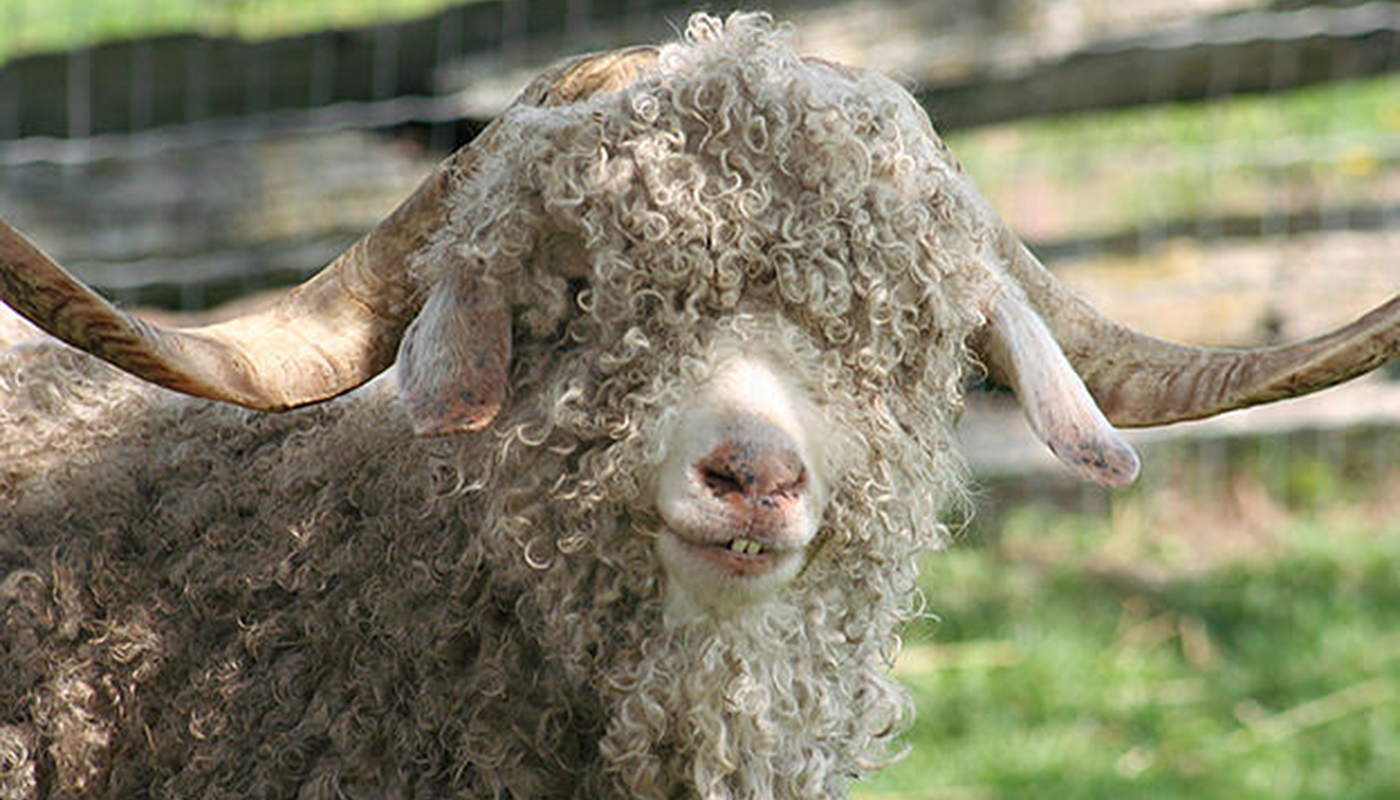 10 Best Goat Breeds for Fiber Production
10 Best Goat Breeds for Fiber Production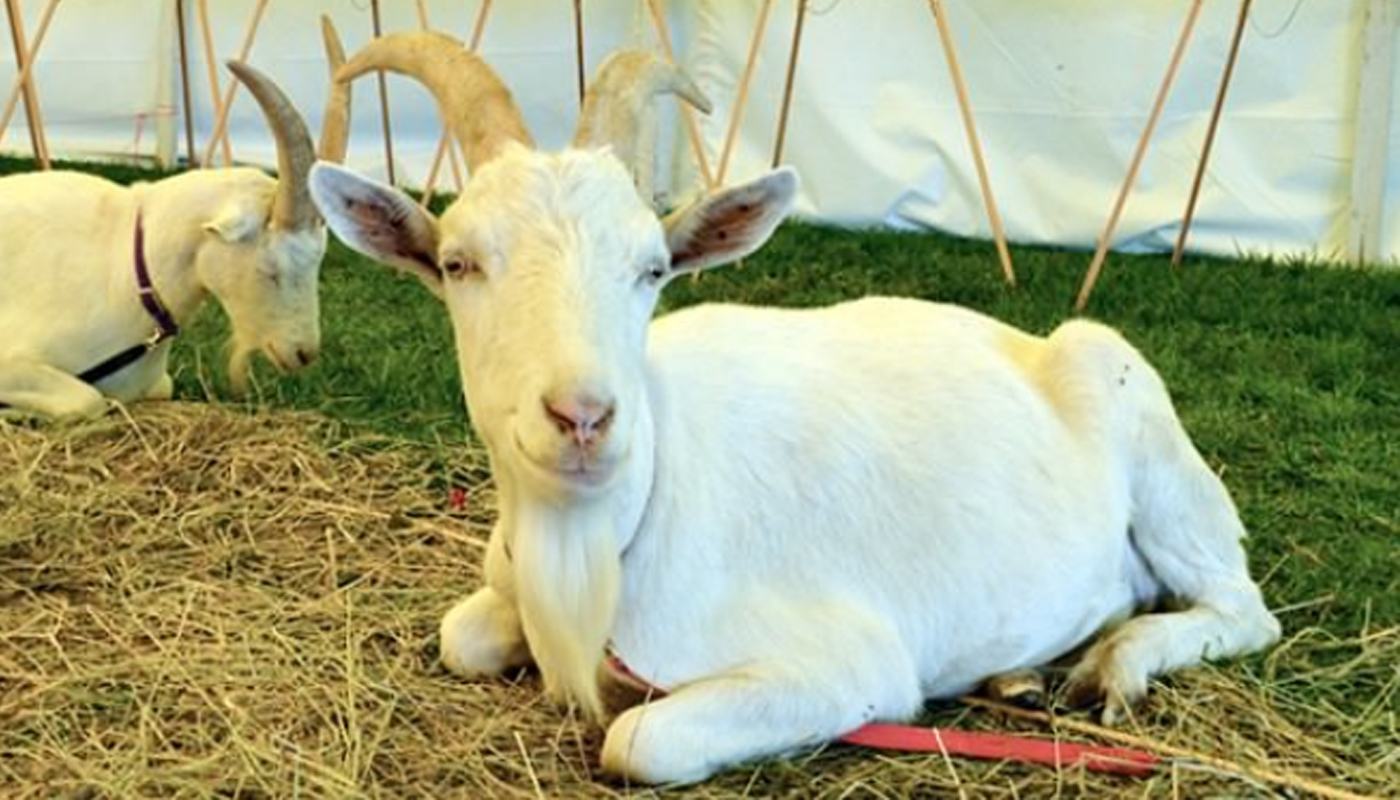 Saanen Goat Breed – Everything You Need to Know
Saanen Goat Breed – Everything You Need to Know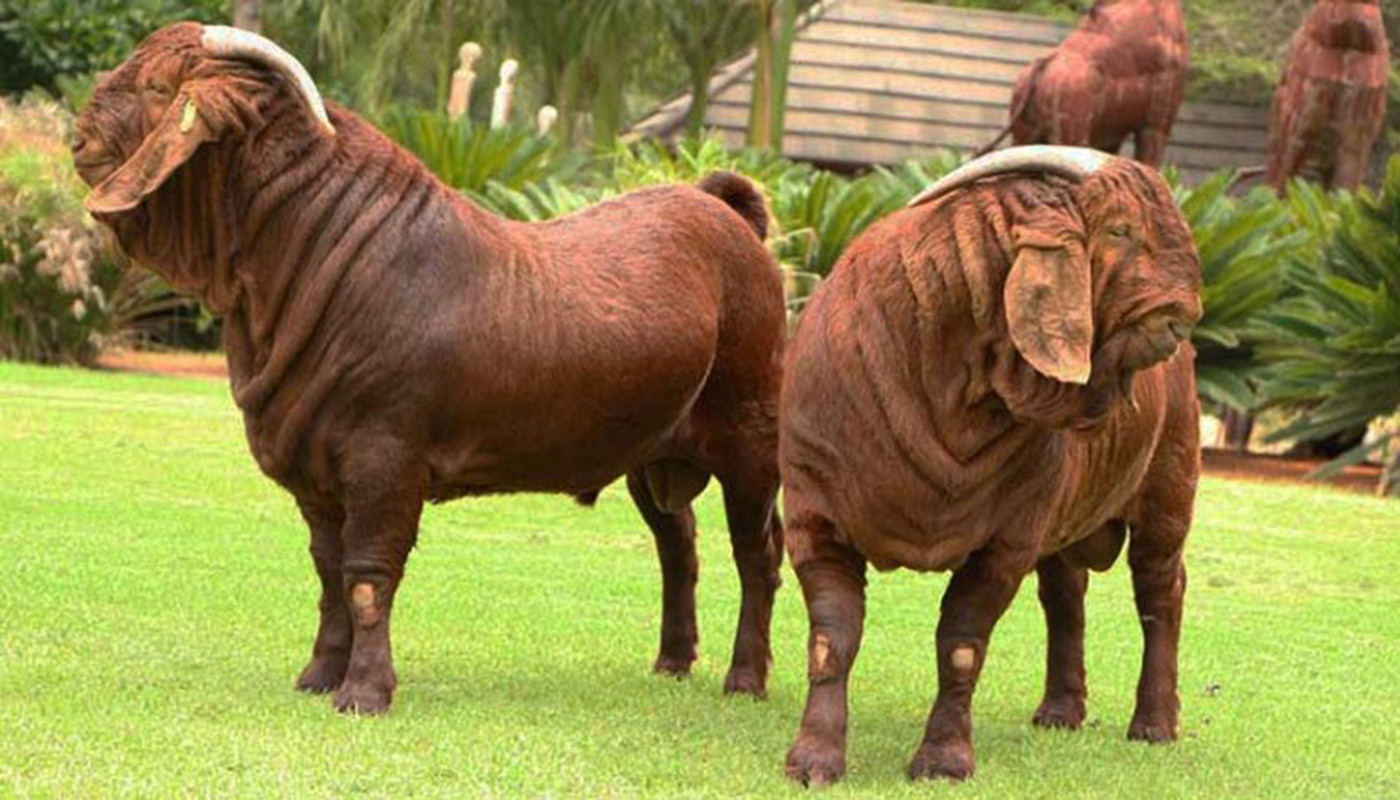 Kalahari Goat Breed – Everything You Need to Know
Kalahari Goat Breed – Everything You Need to Know Angora Goat Breed – Everything You Need to Know
Angora Goat Breed – Everything You Need to Know